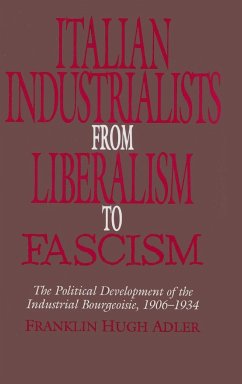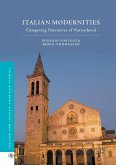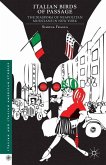The Croix de Feu and its successor the Parti Social Français stood at the centre of political conflict in the turbulent final years of the French Third Republic. Membership peaked at 750,000 in 1937, and at the time the movement was widely regarded as the counterpart of fascism in Germany and Italy. However, only recently has the view that fascism also has roots in France become a serious topic for debate. From Liberalism to Fascism is based largely on archival research, and shows that contemporary perceptions of the Croix de Feu and the PSF as fascist were in fact correct. Dr Passmore places French fascism in the wider context of the history of French conservatism through a micro-study of a crisis of the liberal-conservative tradition in Lyon. This book is the first to place the emergence of French fascism in the wider political and social context. In the process, received views of the nature of French society and politics are contested.
Table of contents:
Introduction; 1. Associational development during the Giolitti era; 2. The First World War: a precorporatist experience; 3. The post-war crisis and the rise of Fascism; 4. Liberal-Fascism; 5. Industrialists and non-integral corporatism; Conclusion.
This study traces the development of industrial associations in Italy from 1906 to 1934. The account begins in the formative liberal period which preceded World War I, and then analyses how industrialists responded in the post-war period to the crisis of liberalism and the rise of fascism.
Examines industrial associations in Italy from 1906 to 1934 as they relate to the crisis in liberalism and the rise of fascism.
Hinweis: Dieser Artikel kann nur an eine deutsche Lieferadresse ausgeliefert werden.
Table of contents:
Introduction; 1. Associational development during the Giolitti era; 2. The First World War: a precorporatist experience; 3. The post-war crisis and the rise of Fascism; 4. Liberal-Fascism; 5. Industrialists and non-integral corporatism; Conclusion.
This study traces the development of industrial associations in Italy from 1906 to 1934. The account begins in the formative liberal period which preceded World War I, and then analyses how industrialists responded in the post-war period to the crisis of liberalism and the rise of fascism.
Examines industrial associations in Italy from 1906 to 1934 as they relate to the crisis in liberalism and the rise of fascism.
Hinweis: Dieser Artikel kann nur an eine deutsche Lieferadresse ausgeliefert werden.








